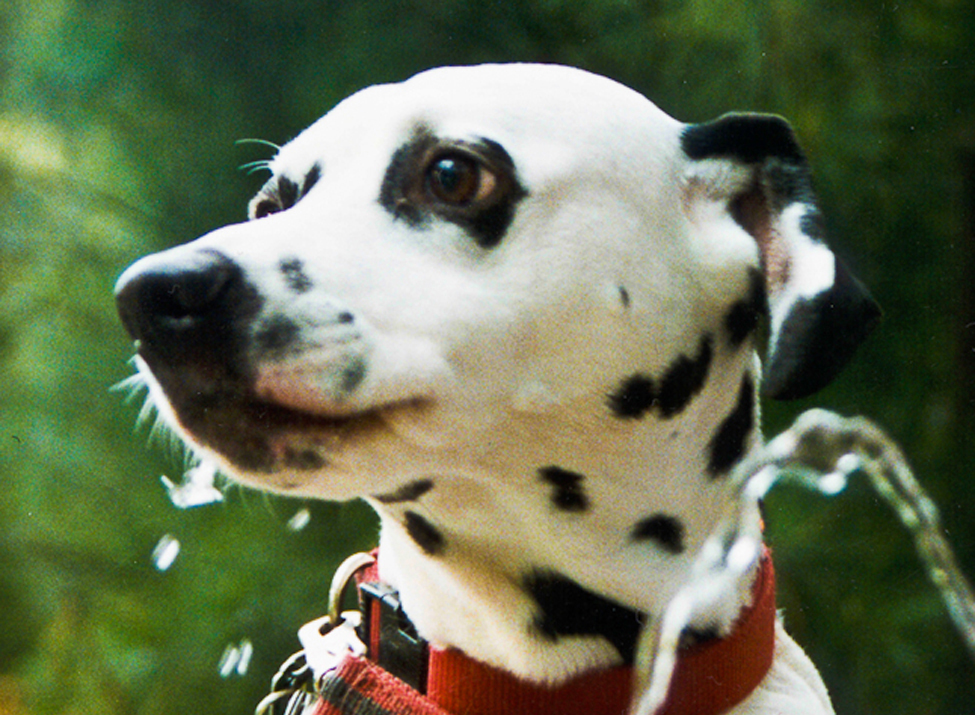8.1 Introduction to Hypothesis Testing

One job of a statistician is to make statistical inferences about populations based on samples taken from the population. Confidence intervals are one way to estimate a population parameter. Another way to make a statistical inference is to make a decision about a parameter. For instance, a car dealer advertises that its new small truck gets an average of 35 miles per gallon. A tutoring service claims that its method of tutoring helps 90% of its students get an A or a B. A company says that women managers in their company earn an average of $60,000 per year.
A statistician will make a decision about whether these claims are true or false. This process is called hypothesis testing. A hypothesis test involves collecting data from a sample and evaluating the data. From the evidence provided by the sample data, the statistician makes a decision as to whether or not there is sufficient evidence to reject or not reject the null hypothesis.
In this chapter, you will conduct hypothesis tests on single population means and single population proportions. You will also learn about the errors associated with these tests.
Hypothesis testing consists of two contradictory hypotheses, a decision based on the data, and a conclusion. To perform a hypothesis test, a statistician will:
- Set up two contradictory hypotheses. Only one of these hypotheses is true and the hypothesis test will determine which of the hypothesis is most likely true.
- Collect sample data. (In homework problems, the data or summary statistics will be given to you.)
- Determine the correct distribution to perform the hypothesis test.
- Analyze the sample data by performing calculations that ultimately will allow you to reject or not reject the null hypothesis.
- Make a decision and write a meaningful conclusion.
Attribution
“Chapter 9 Introduction” in Introductory Statistics by OpenStax is licensed under a Creative Commons Attribution 4.0 International License.

